ABOUT OUR DIAMONDS
Ready to learn more about our sparkling diamonds? On this page, we go through everything from what a carat really is to the difference between a natural and a lab-grown diamond.
We throw ourselves directly into what is called “ the four Cs ”; Carat, Color, Clarity and Cut. Together, each part contributes to a diamond's value and below you will find an introduction to them.

1. CARAT
Carat is a unit of weight used for all kinds of gemstones where 1.00 Carat (ct) = 0.2 grams.
Number of carats together with the stone's cut form and cut quality determine how large the stone is perceived. A well-cut diamond often has a larger diameter than diamonds with a worse cut.
The price of diamonds rises exponentially, making a single 1.00 ct diamond cost significantly more than two 0.50 ct diamonds. Note that carats with c should not be confused with karats with k which instead indicate the amount of fine gold in a gold alloy.
2. COLOR
When talking about the color of the diamond, it is usually the colorlessness of the stone that is discussed. The scale goes from completely colorless white to yellow and even brown color of the diamond. Although diamonds come in many exciting colors, it is the white diamond that is most prominent in wedding and engagement rings.

We at Schalins primarily work with brilliant-cut diamonds in the color Wesselton (H), which is also the color we have in the oval-cut diamonds. We have princess-cut and emerald-cut diamonds in the color Top Wesselton, which is a rare white color (F&G).

3. CLARITY
Clarity stands for the clarity of the stone and refers to how clean the stone is from internal and external defects. These defects can be found as small inclusions, often in the form of small gas bubbles or as traces of another mineral, for example sapphire.
The measurement of inclusions is first carried out with very strong magnification and then gradually decrease in the degree of magnification. The grading given refers to the purity of the stone at 10 times magnification.
From 0.005 to 0.035 carat we use the quality SI while from 0.04 carat we use VS. An exception is princess-cut diamonds, which regardless of size are VS.
4. CUT
Cut refers not only to the shape the diamond is cut into but also how well it is cut. A well-cut diamond reflects and refracts light in a fantastically shimmering way and this means that it is important not to overlook the quality of the cut when choosing a diamond. But you as a customer don't have to worry about this, as we at Schalins are very careful about the grinding when we buy diamonds. All diamonds that are at least 0.50 carats are either Excellent or Very Good. A well-cut diamond is often larger in diameter than one with a lower cut quality, which makes the well-cut stone perceived as larger.


Now that we have gone through the four C's, we hope that you as a customer understand that at Schalins we take our job very seriously so that the diamonds in your ring will shine in the sun. All diamonds are handpicked and checked to ensure they truly meet our high standards so we can deliver a high quality ring to you.
When you order a diamond ring from Schalins, a certificate is included in which the information about the diamond(s) is written down. Be sure to take good care of your certificate, as it is a document of value.
For diamonds from 0.50 ct, you also receive an international certificate. You also get this certificate if you order a ring with a lab-grown diamond from 0.50 ct.

Conflict-free diamonds
For us, it is of course important that we do not trade in diamonds whose income contributes to conflicts or other abuses. We buy our diamonds from European suppliers based in Antwerp where the diamonds are conflict free according to The Kimberley Certification Scheme (KPCS).
We also require our suppliers to be certified members of The Responsible Jewelery Council (RJC). Members of the RJC commit to work in accordance with an international standard whose purpose is to create responsible business throughout the entire supply chain within the diamond industry. This includes human rights, labor law, environmental impact and many other important issues regarding the trade in diamonds.
Synthetic (lab grown) diamonds
We at Schalins offer both natural diamonds and "Lab Grown" synthetic diamonds. A lab-grown diamond is another term for synthetic diamond, that is, a diamond that has been produced in a laboratory by man rather than having formed naturally under the surface of the earth.
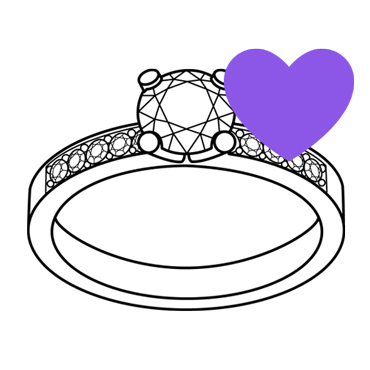 Popular engagement rings
Popular engagement rings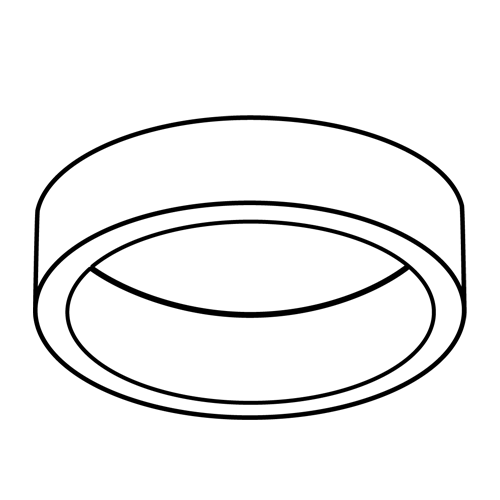 Plain rings
Plain rings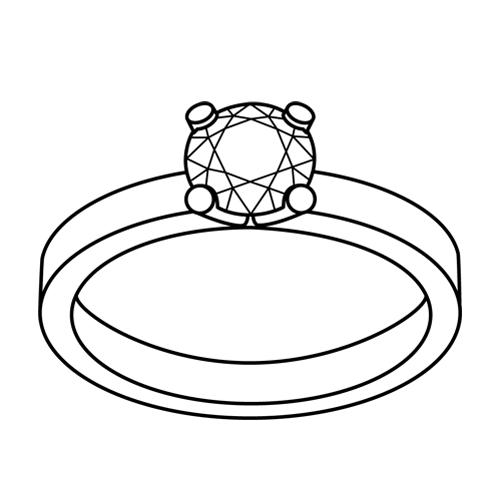 Solitaire rings
Solitaire rings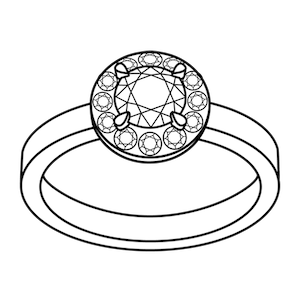 Halo rings
Halo rings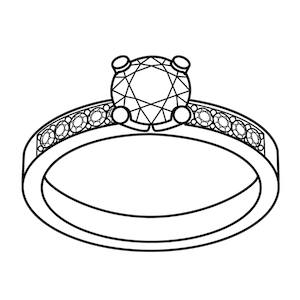 Side stone rings
Side stone rings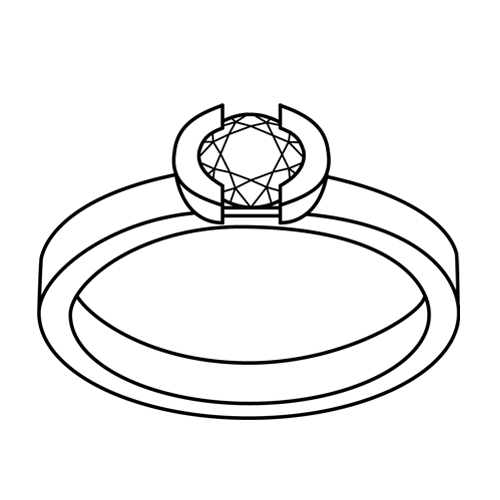 All engagement rings
All engagement rings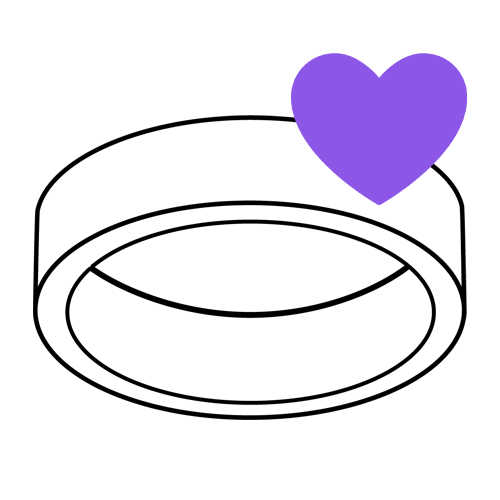 Popular engagement rings
Popular engagement rings  Plain rings
Plain rings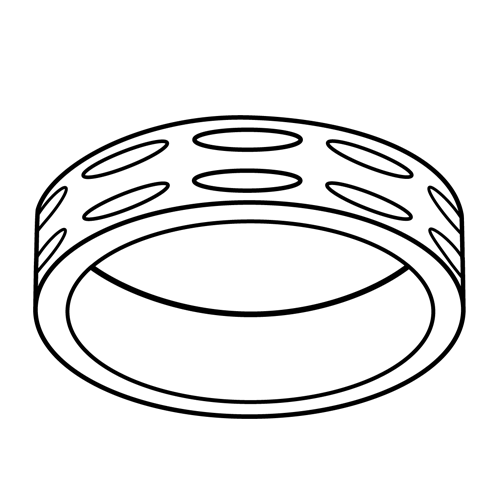 Patterned rings
Patterned rings 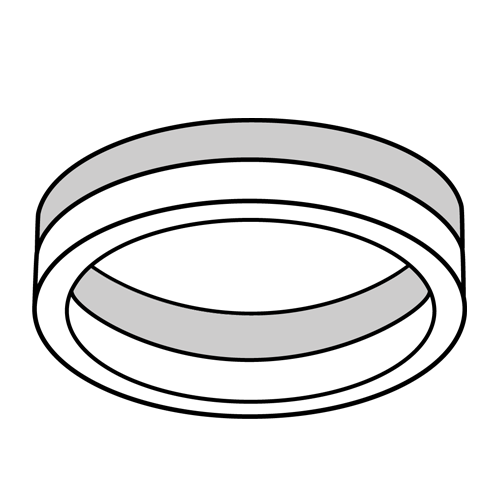 Multicolored rings
Multicolored rings 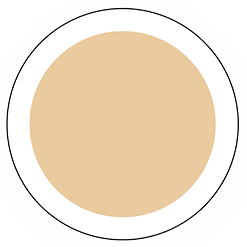 Rings in red gold
Rings in red gold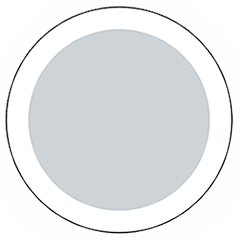 Rings in white gold
Rings in white gold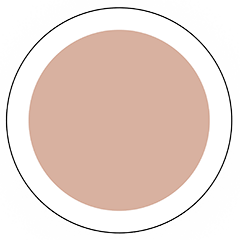 Rings in rose gold
Rings in rose gold Platinum rings
Platinum rings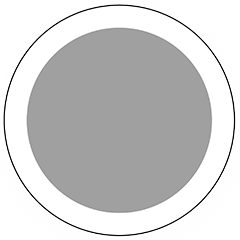 Palladium rings
Palladium rings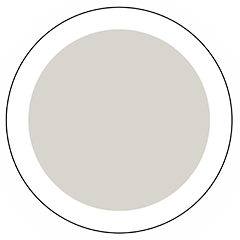 Silver rings
Silver rings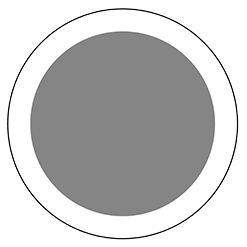 Titanium rings
Titanium rings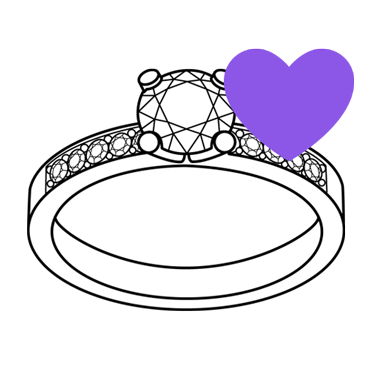 Popular wedding rings
Popular wedding rings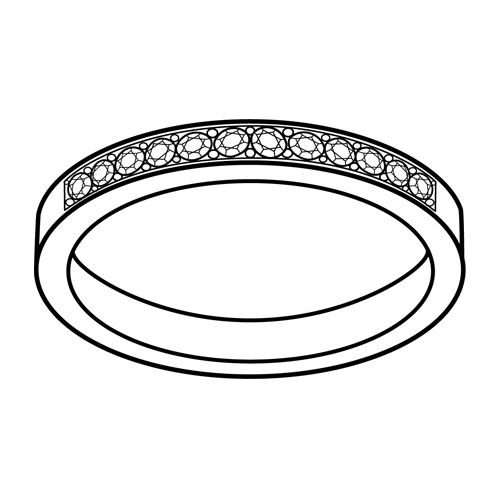 Alliance rings
Alliance rings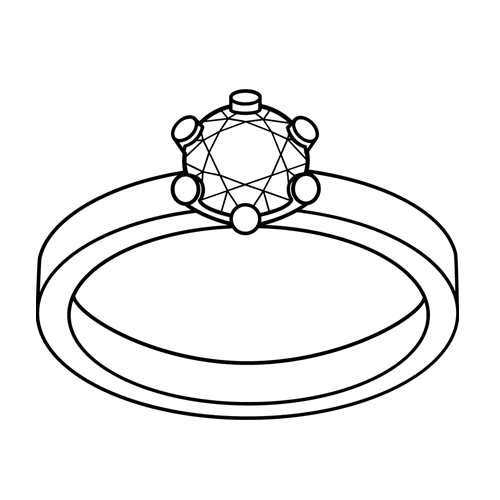 Diamond rings
Diamond rings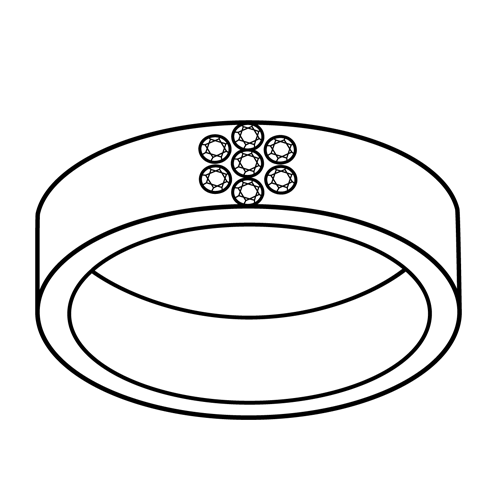 All wedding rings
All wedding rings All wedding rings
All wedding rings Rings in red gold
Rings in red gold Rings in white gold
Rings in white gold Rings in rose gold
Rings in rose gold Platinum rings
Platinum rings Palladium rings
Palladium rings Silver rings
Silver rings Titanium rings
Titanium rings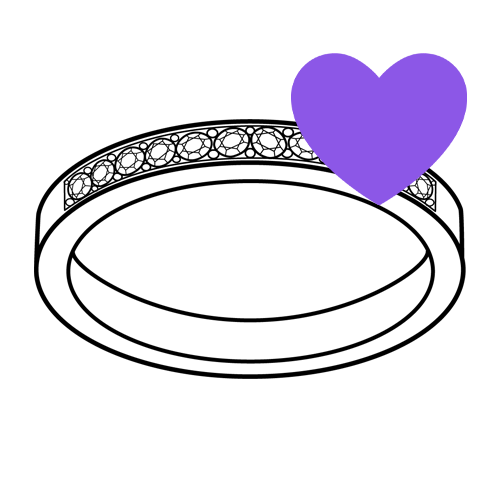 Popular wedding rings
Popular wedding rings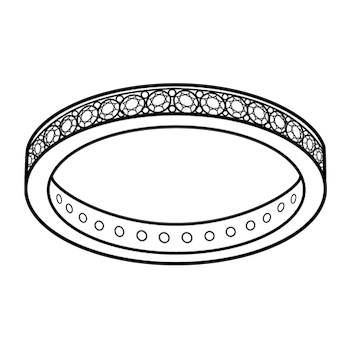 Narrow alliances
Narrow alliances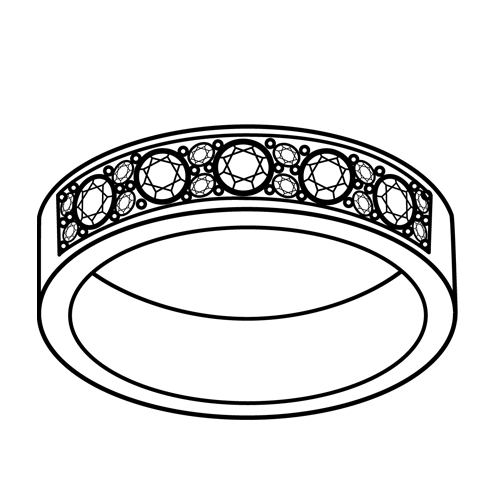 Broad alliances
Broad alliances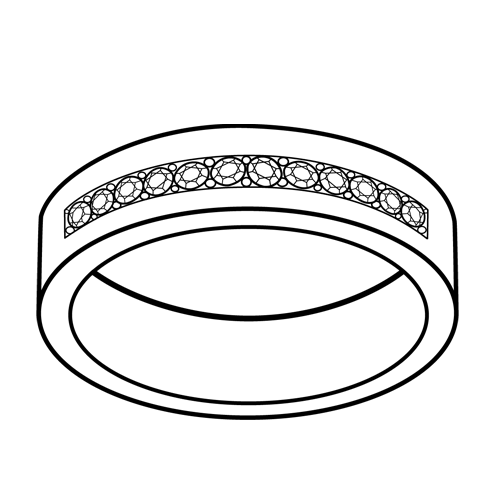 All alliance rings
All alliance rings Alliance rings in red gold
Alliance rings in red gold Alliance rings in white gold
Alliance rings in white gold Platinum rings
Platinum rings Palladium rings
Palladium rings Silver rings
Silver rings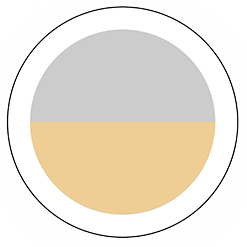 Multicolored wedding rings
Multicolored wedding rings Popular plain rings
Popular plain rings Narrow plain rings
Narrow plain rings Wide plain rings
Wide plain rings Patterned rings
Patterned rings Multicolored rings
Multicolored rings All plain rings
All plain rings Rings in red gold
Rings in red gold Rings in white gold
Rings in white gold Rings in rose gold
Rings in rose gold Platinum rings
Platinum rings Palladium rings
Palladium rings Silver rings
Silver rings Titanium rings
Titanium rings



